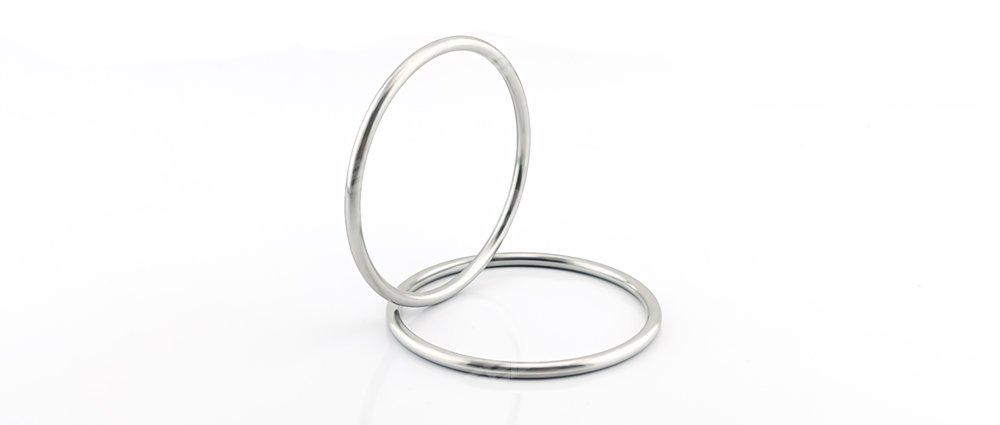In today’s environmentally conscious world, understanding the ecological impact of industrial components is crucial. Metal seals and rubber seals are both widely used in various industries, from automotive to aerospace. This article explores the environmental impact of these two types of seals, comparing their production processes, durability, recyclability, and overall sustainability.
Production Processes
Metal Seals
Metal seals are typically made from materials such as stainless steel, Inconel, or aluminum. The production of these seals involves several stages, including mining, refining, and manufacturing. Mining metals can lead to significant environmental degradation, including deforestation, soil erosion, and water contamination. Additionally, metal refining and processing consume substantial energy, often derived from fossil fuels, contributing to greenhouse gas emissions.
Rubber Seals
Rubber seals can be made from natural rubber or synthetic rubber. Natural rubber production involves the harvesting of latex from rubber trees, which can be sustainable if managed responsibly. However, large-scale rubber plantations can lead to deforestation and biodiversity loss. Synthetic rubber, derived from petrochemicals, involves energy-intensive processes and emits pollutants. Both types of rubber production also generate waste and can have adverse environmental effects if not managed properly.
Durability and Longevity
Metal Seals
Metal seals are renowned for their durability and resistance to extreme temperatures and pressures. They often have a longer lifespan compared to rubber seals, which means they need to be replaced less frequently. This longevity can reduce the environmental impact associated with manufacturing and disposing of replacement seals.
Rubber Seals
Rubber seals, while versatile and widely used, generally have a shorter lifespan than metal seals. They are susceptible to wear and tear, chemical degradation, and temperature extremes. The frequent replacement of rubber seals can lead to increased environmental impact due to the production and disposal of these seals.
Recyclability
Metal Seals
One significant advantage of metal seals is their recyclability. Metals can be melted down and reformed into new products with relatively high efficiency. This recycling process reduces the need for new raw materials and decreases energy consumption and greenhouse gas emissions. However, the recycling process itself can still be energy-intensive and may produce pollutants.
Rubber Seals
Recycling rubber is more challenging compared to metals. While it is possible to recycle rubber seals, the process is often less efficient and can result in lower-quality materials. Many rubber seals end up in landfills, where they can take hundreds of years to decompose. Advances in rubber recycling technologies are ongoing, but the environmental benefits are currently limited compared to metal recycling.
Overall Sustainability
When comparing the overall sustainability of metal seals and rubber seals, several factors come into play. Metal seals generally have a higher initial environmental cost due to the energy-intensive production process. However, their durability and recyclability can offset this impact over time.
Rubber seals, on the other hand, may have a lower initial environmental cost, particularly if natural rubber is used responsibly. However, their shorter lifespan and challenges with recycling can lead to a higher cumulative environmental impact.
Conclusion
The environmental impact of metal seals versus rubber seals depends on various factors, including production processes, durability, and recyclability. Metal seals, with their superior durability and recyclability, may offer a more sustainable option in the long term despite the higher initial environmental cost. Rubber seals, while versatile and widely used, present challenges in terms of longevity and recycling.
Ultimately, the choice between metal and rubber seals should consider not only performance and application-specific requirements but also the environmental implications. As industries continue to prioritize sustainability, ongoing advancements in materials and recycling technologies will play a crucial role in reducing the ecological footprint of these essential components.
Post time: Aug-07-2024

